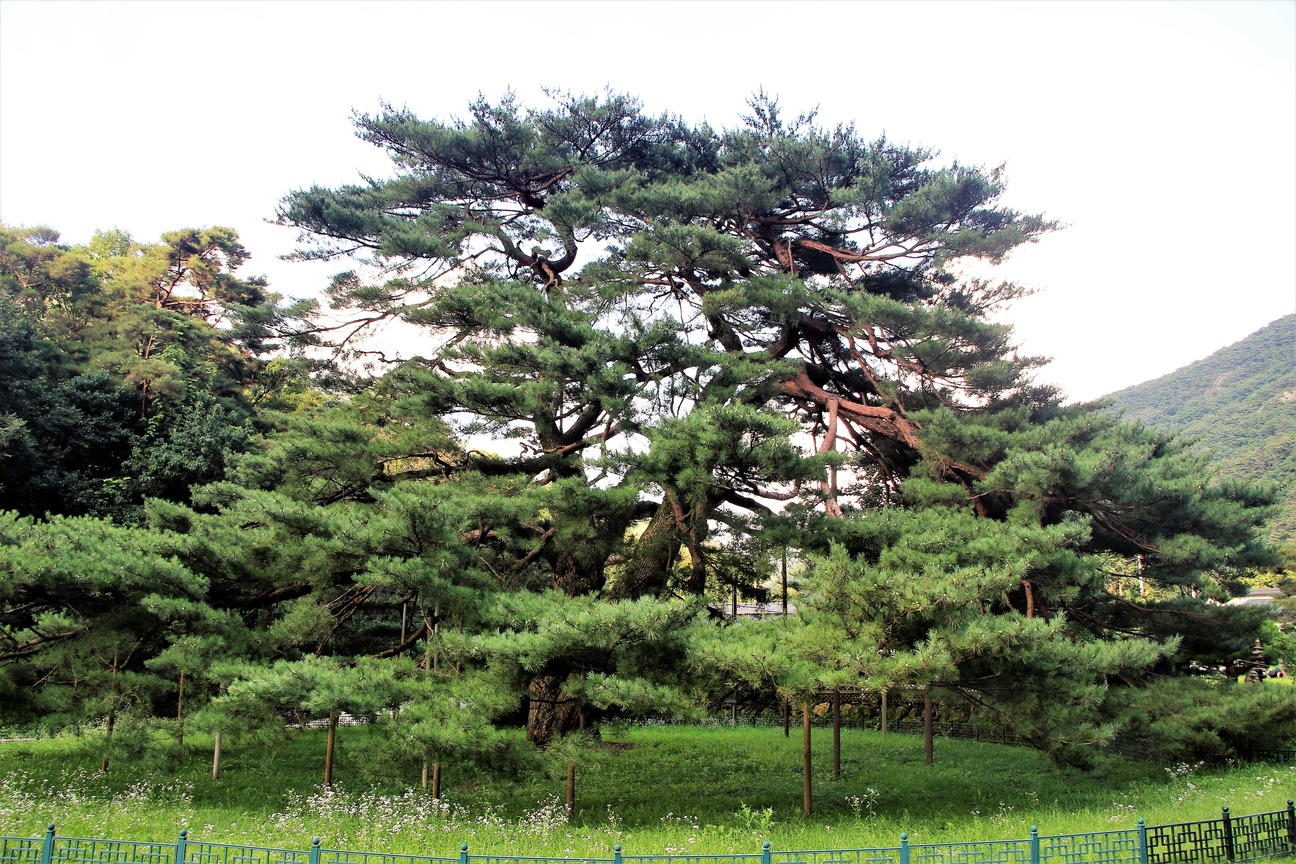Pine trees are a ubiquitous part of many landscapes, from dense forests to suburban neighborhoods. Identifying these evergreen giants can be a rewarding hobby, and one of the most reliable ways to do so is by examining their needles. In this comprehensive guide, we’ll explore the key characteristics of pine needles that can help you accurately identify different pine tree species.
What are the Identification Techniques for Pine Trees?

To identify a pine tree by its needles, follow these steps:
- Observe Needle Arrangement: Pine needles grow in clusters called fascicles, which typically contain 2, 3, or 5 needles. This characteristic distinguishes pines from other conifers like spruces and firs, which have individually attached needles.
- Examine Needle Shape and Size: Pine needles are generally slender and elongated, with lengths varying from 2 to 10 inches (5 to 25 cm) depending on the species.
- Note Needle Color and Texture: Pine needles are usually dark green on top and lighter green or bluish on the bottom. They are also waxy and thick, allowing them to sustain winter temperatures.
- Check for Needle Flexibility: Pine needles are typically flexible and can be bent without breaking.
What are the Unique Characteristics of Pine Needles?

Pine tree needles have several unique characteristics that distinguish them from other conifers:
- Length and Shape: Pine needles are generally longer and more slender than those of spruces and firs.
- Color: Pine needles are often darker green on top and lighter green or bluish on the bottom, whereas spruce needles are typically square-shaped and stiff.
- Arrangement: Pine needles grow in clusters (fascicles), whereas spruce and fir needles are individually attached to the branch.
- Texture: Pine needles are waxy and thick, allowing them to sustain winter temperatures.
How do Pine Needles Differ from Other Conifers?
Pine needles differ significantly from those of other conifer species:
- Spruce Needles: Spruce needles are individually attached to the branch, square-shaped, stiff, and typically shorter than pine needles.
- Fir Needles: Fir needles are also individually attached, flat, and soft, with a bluish-green color on the bottom.
- Juniper Needles: Juniper needles are scale-like and overlapping, often forming a dense, rounded shape.
What are the Measurement Specifications for Pine Needles?
- Needle Length: Pine needles can range from 2 to 10 inches (5 to 25 cm) in length, depending on the species.
- Needle Diameter: The diameter of pine needles varies from 0.05 to 0.2 inches (1.3 to 5.1 mm).
- Environmental Factors: Environmental conditions like climate, soil, and sunlight can affect needle appearance, with some species adapting to specific conditions.
What Quantitative Data can Help Identify Pine Trees?
- Needles per Fascicle: The number of needles per fascicle varies by species, with some pines having 2, 3, or 5 needles per cluster.
- Average Needle Lifespan: Pine needles typically last for 2 to 5 years before being replaced.
- Seasonal Variations: Needle characteristics can change seasonally, with some species exhibiting more vibrant colors during certain times of the year.
What Visual Aids can Help with Pine Tree Identification?
For visual identification, refer to the following resources:
- Peterson Field Guide to Trees and Shrubs: A comprehensive field guide with detailed illustrations and descriptions of various tree species, including pines.
- Ohioline Fact Sheet: A detailed guide to identifying pines, spruces, and firs, including images and descriptions of their needles and cones.
- Nature Conservancy of Canada: A resource with images and descriptions of various pine species, including their needles and cones.
What are the Practical Tips for Identifying Pine Trees in the Wild?
For wild plant enthusiasts, follow these practical tips for identifying pine trees in their natural habitat:
- Best Time for Observation: Observe pine trees during the spring and summer when needles are most vibrant and easily distinguishable.
- Tools: Bring a hand lens or magnifying glass to examine needles more closely, and a field guide or reference book for comparison.
- Examine Multiple Trees: Observe multiple pine trees to note variations in needle characteristics and ensure accurate identification.
By following these techniques and understanding the unique characteristics of pine needles, you can become an expert in identifying different pine tree species. Happy exploring!
References:
– Victoria Marie Lees. (2019). Simple Pine Tree I.D. Using Needles and Cones. Retrieved from https://www.victoriamarielees.com/2019/02/01/simple-pine-tree-i-d-using-needles-and-cones/
– Identify Trees by the Needles (Pine, Spruce, Juniper, and more). (2021). Retrieved from https://www.youtube.com/watch?v=ADoqmUdLkTo
– The Pine Needle Game. (2022). Retrieved from https://www.natureconservancy.ca/en/blog/archive/the-pine-needle-game.html
